In response to pressures from increasing demand and climate change, Seychelles from ‘Top Guide has sought to develop aquaculture as a way of supplementing supply in a manner that is sustainable and predictable.
The broad term ‘aquaculture’ refers to the breeding, rearing and harvesting of
animals and plants in all types of water environment, including ponds, rivers, lakes and oceans. It is used for a variety of purposes, including the production of seafood for human consumption, the enhancement of wild fish, shellfish and plant stocks for harvest, the restoration of threatened and endangered aquatic species, the rebuilding of ecologically important shellfish habitats, the productionof nutritional and industrial compounds and the provision of fish for aquaria.
The Seychelles government has prioritised the development of an aquaculture sector as a key component of the blue economy.
In 2007, the government commissioned a rapid assessment study to gauge the public’s opinion of aquaculture. Following this, a comprehensive scoping study was conducted in 2009 to assess the op- portunities and constraints that would be presented by the sector. A Mariculture Master Plan was developed and published in 2011 to guide activities in the sector.
More work was done over the next ten years on developing the regulatory framework, identifying Aquaculture Development Zones and conducting baseline studies, culminating in the launch of the sector in 2021 as part of the country’s overall strategic push to develop a blue economy.
The vision is for the aquaculture sector to be internationally competitive, knowledge-based and a significant contributor to local food security and international exports. The sector is overseen by the Ministry for Fisheries and Blue Economy and the Seychelles Fishing Authority.
The Minister for Fisheries and Blue Economy, Mr Jean-Francois Ferrari, believes that a thriving aquaculture sector will enable the country to diversify its economy, boost food security, create jobs and ensure sustainable management of the marine environment.
Seychelles is determined to grow the potential of this sector. The aim is to
develop it in line with the guidelines of the Food and Agriculture Organization, ensuring that it promotes sustainable development, equity and the protection of the local environment. With demand for fish rising globally, aquaculture is now a fast-growing sector, currently serving 51 per cent of demand, and is likely to account for a greater percentage of global consumption in the coming years.
The Seychelles Fishing Authority’s mandate is to develop a sound foundation for the sector, to enable it to attract viable investment and mitigate the risks
associated with its new activities. The plan for the sector focuses on the
production of highvalue finfish and invertebrates such as snappers, groupers, sea urchins and sea cucumbers. Critical infrastructure has been built in the Mahé region, including a broodstock acclimation and quarantine facility. This is significant, as it will help prioritise indigenous species in order to limit the risks of disease transmission and exotic species escapes.
A sea urchin research centre and a pilot-scale cage aquaculture site have also been developed in Providence, also in Mahé. On La Digue Island, a research and development centre has been planned, while Grand Anse in Mahé will get an integrated aquaculture hub.
The sector is regulated by the 2014 Fisheries Act, the Seychelles Aquaculture
Regulations and the Seychelles Aquaculture Standards. The government says the regulations reflect global best practice and are designed to ensure the highest levels of compliance without stifling innovation and productivity in the sector.
It has also set up an Aquaculture Regulatory Committee, under the chairship of the sector minister, to promote the development of the sector. The purpose of the committee is to provide an interdepartmental focus for policy coordination, alignment of legislative and institutional structures, driving and tracking aquaculture development progress, and making recommendations for sector development to the minister.
Market Potential
The government of Seychelles has developed a strong Mariculture Master Plan, an Environmental and Social Impact Assessment and an Environmental
Management Plan to guide the sector, which is primed for growth. About 7.6 percent of Seychelles’ GDP is attributed to the fishing sector. There is robust local demand, estimated to be about 60 kilograms of fish per person per year — the highest in Africa. In addition, there is growing demand in Japan, Southeast Asia and other export markets, especially for high-value species such as snappers, groupers and other finfish. Research also shows that demand will be boosted by higher numbers of tourist arrivals, with local restaurants and hotels requiring a consistent supply to serve their fish-loving guests.
Aquaculture will therefore be a natural complement to Seychelles’ booming tourism sector, and will grow with it. The government intends to grow Seychelles into a seafood destination, with a globally recognised, highquality Seychelles brand of fish and fish products. The total area identified as suitable for production is about 52 square kilometres, with a total combined annual production capacity of 50,000 metric tonnes.
Currently, a lot of the investment is coming from the government and its multilateral partners, including the European Union. However, private sector participation will be needed to sustain investment along various aspects of the value chain.
Investment Opportunities
- The production of fish feed
- New feed development, with lower feed conversion ratios and the replacement of fish-based raw materials with plant-based alternatives
- The construction and management of hatcheries, including in partnership with the government
- Collaboration in research and development


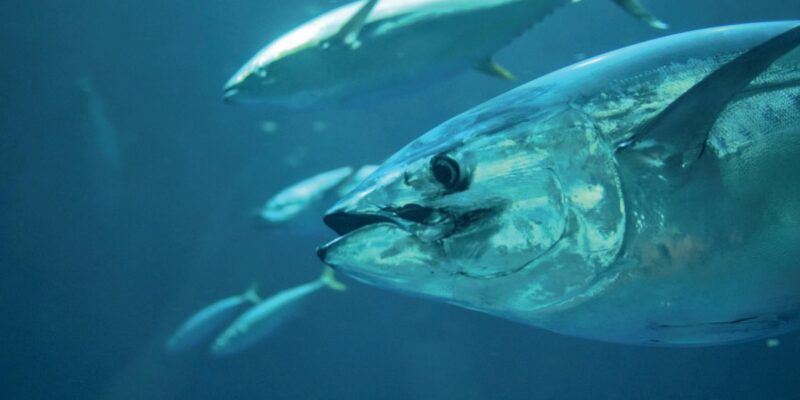
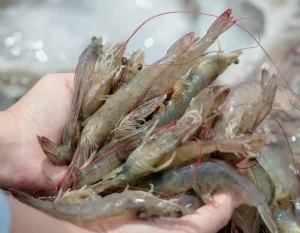
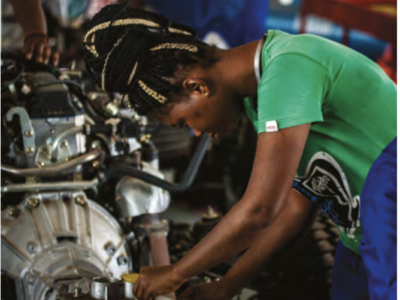
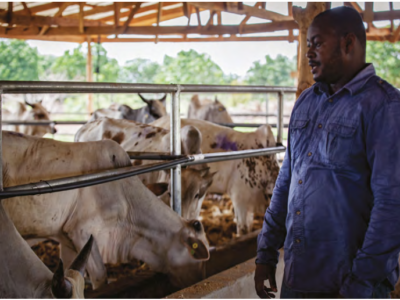
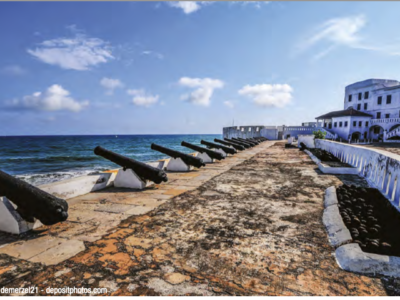

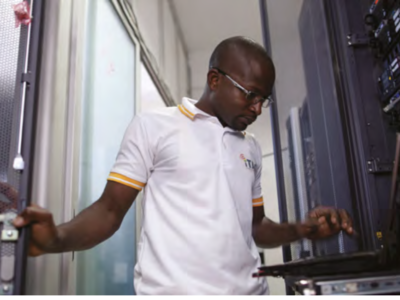
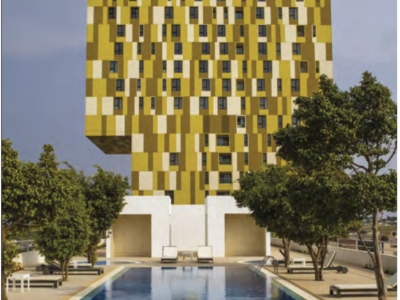


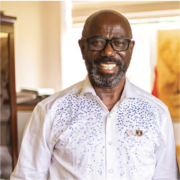
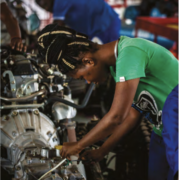
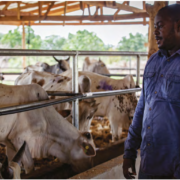
Comments